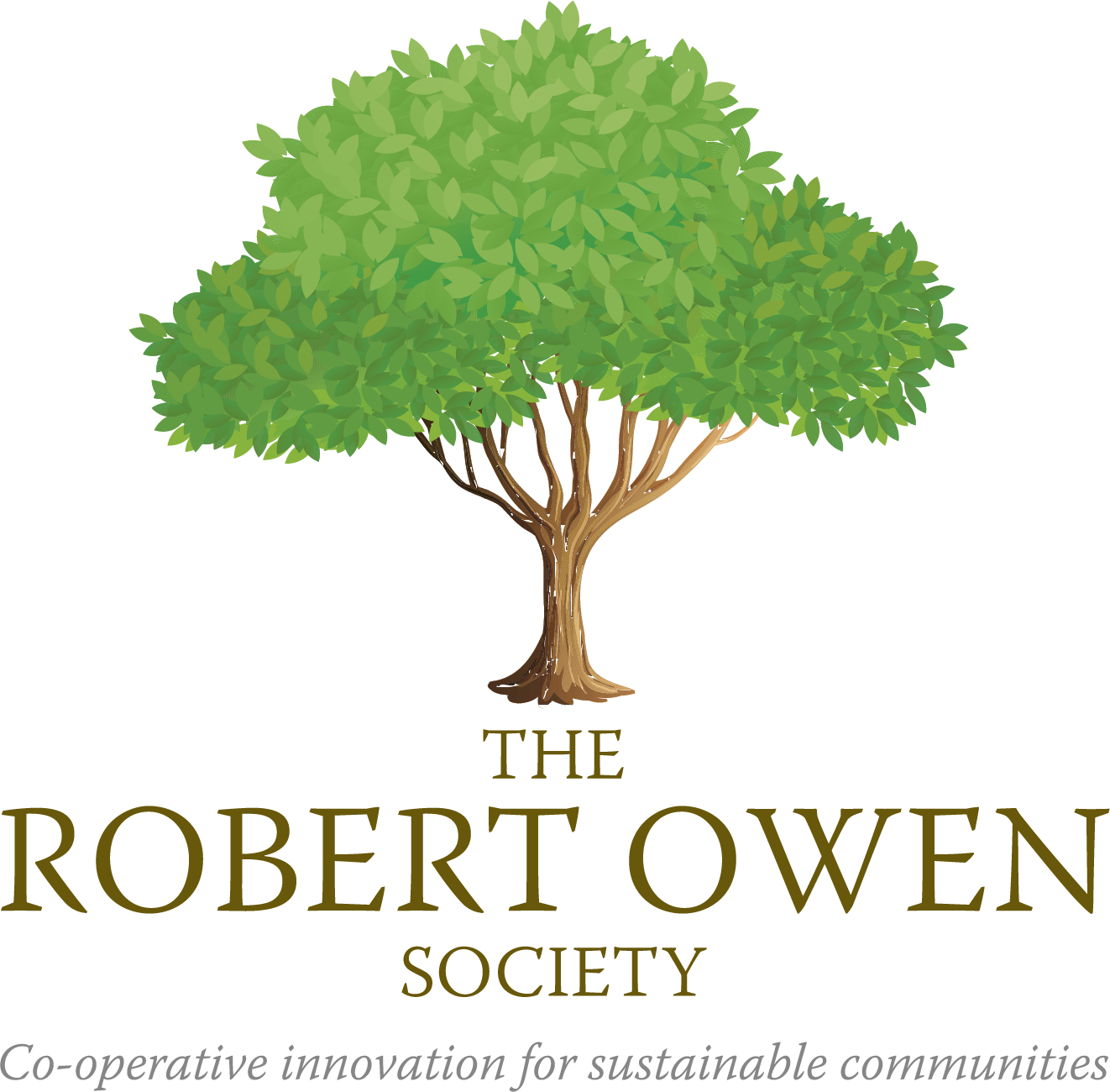This case study was developed by Earning Capacity. It is an example of an SE created by enhancing an organization’s existing assets which is the focus of this project.
Executive Summary

As a large, multi-service organization, WoodGreen Community Services offers its IT expertise and resources to other non-profits and service agencies. With an operating budget of almost $40 million dollars, 650 employees and over 1000 volunteers, WoodGreen has been providing a full suite of IT services to its not-for-profit sector clients since 2005. The SE activities of WoodGreen began their SE as a result of their development of a software application for internal use. Through the development process, it emerged that the application had unique value to contribute to Ontario non-profits, and that WoodGreen could bring it to market. This initial move toward SE has since prompted WoodGreen to develop a non-profit-centred IT consultancy and support enterprise.
Today, WoodGreen Community Services employs more than 10 people full-time as IT specialists providing at-cost services mostly to mid-sized non-profits. These services are not widely marketed, but rather offered on referral. Altogether, this service offering garners more than $100,000 in net revenue for WoodGreen Community Services.
Community Background

WoodGreen operates in the Greater Toronto Area, providing employment, settlement and other services at 36 locations. It serves a total of about 37,000 individuals a year. All of WoodGreen’s IT consulting staff were clients themselves at one time. As a provider of settlement and employment services WoodGreen has access to a large talent pool. Depending on the scale and number of its IT consulting and support projects and clients, the IT service department is able to contract people on a project-to-project basis.
Development History
WoodGreen’s IT SE offering developed out of an internal initiative to solve its own IT needs. A staff member created a specialized computer application that satisfied many of the documentation requirements for WoodGreen’s work with clients. They learned that this application could fill a niche for other organizations, and it seemed like sharing it was the right thing to do. WoodGreen now offers the use of software, data storage facilities and consulting services in areas such as information technology policy development and staff training to other non-profits.
Organizational Structure

WoodGreen’s IT enterprise is structured as a department of WoodGreen Community Services, not incorporated separately. This means that the enterprise activities are closely overseen and supported by the Executive Committee, and the enterprise can call upon the considerable resources of WoodGreen when and as needed. Some of the external costs of enterprise activities, such as auditing or insurance, can be kept low. With Woodgreen’s SE activities accounting for about 1% of total operations, economies of scale are well within reach.
As a settlement and employment service provider, WoodGreen has access to significant human resources in the IT sector that can be leveraged on a project-by-project basis.
Partnerships
WoodGreen does not partner with other organizations in delivering its IT offerings. They did not receive funding or engage in partnerships to move deliberately toward SE operations. They made a decision to leverage existing capacity and assets to compete with private IT companies to the benefit of its clients in the charitable sector.
Finances
WoodGreen receives no outside funding for the provision of its IT services. Income from sales is between $100 and $500 thousand dollars.
Outcomes and Impacts
WoodGreen’s SE provides significant economic benefits to its non-profit sector clients by offering IT services to them at-cost. This SE also provides important employment opportunities for WoodGreen settlement and/or employment service clients, many of whom have skills in IT that they may have difficulty in leveraging in the market place due to a lack of Canadian work experience.
Challenges
One of the most important challenges facing WoodGreen as a non-profit in conducting SE activities is to not forget the organization’s needs while creating the enterprise. They have overcome this challenge by initiating internal processes, including doing an official survey with the staff to make sure all of WoodGreen’s IT needs were still being met, and making in-person visits to the different departments of WoodGreen to ensure that everyone was satisfied with their internal services even as the SE activities were going ahead.
Lessons Learned

As a not-for-profit social enterprise Woodgreen has more latitude in pursuing working relationships in an increasingly cash-strapped sector. Their business environment is different from the for profit sector where there are shareholders or dividends to be serviced or ensured. WoodGreen does not see their SE activities as merely a potential source of revenue. Instead, they’ve considered how this resource can benefit other community benefit organizations. Since they do not need to recover the original investments, WoodGreen charges fees on a cost-recovery basis.
WoodGreen is emphatic on the need to not sacrifice quality for quantity. They seek balance in making sure they are still providing quality service for their own organization while expanding their IT business. This requires communication, constant monitoring and updating.
WoodGreen has found it very helpful to be able to access a large, internal talent pool through their settlement services that connect them to talented newcomers, and employment services that refer promising trainees. This, in addition to an ‘organic growth’ approach, has enabled it to avoid any undue hardship on its internal capacity or assets.
Vision for the Future
While WoodGreen is currently financially stable, they would like to target contracts with increasingly larger agencies. They see this happening without a need for proactive marketing. Woodgreen hopes that increases in the number and size of their IT enterprise customers, will enable them to generate more net revenue and become less dependent on government funding.
